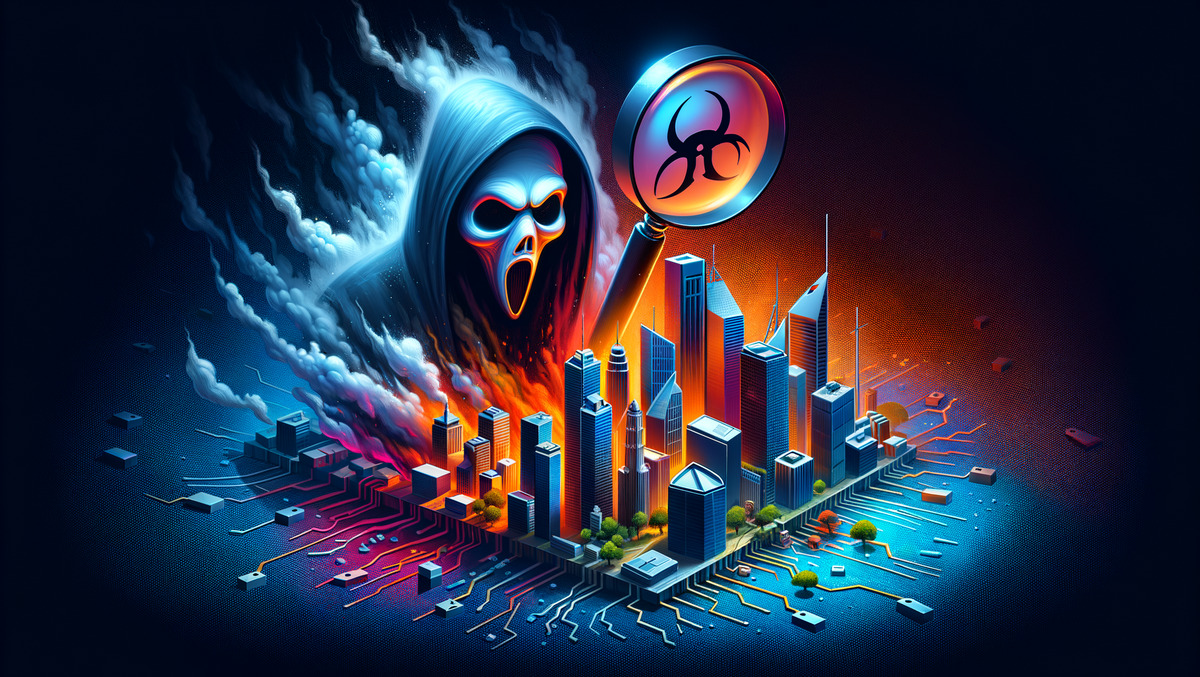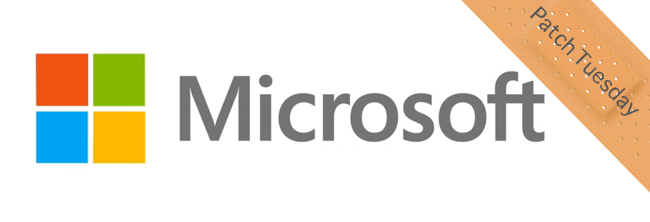
Standard or customized products?
In his business continuity project, Deligia’s team of about 20 internal resources and the outsourced IT team is responsible for merging technical data, such as digital service operation logs, and business and sales data into a data lake. Advanced analytics systems then correlate and analyze it all, comparing them to pre-defined KPIs, resulting in information that’s more useful to IT than the usual technical logs to be analyzed. And it’s always the internal group that’s responsible to train the AI models.
Otherwise, Deligia uses commercial products that limit software development. His team intervenes with integration activities for existing systems, or fine-tunes and customizes when very specific functionality is needed. But he aims for a balanced mix of customizations and standard products on which low-code development modes can be applied because, as he says, the fewer components you develop, the faster you can react to changes in technology and the market. “Customizations are definitely the only way to get your company’s specific functionality,” he adds, “but they can give IT rigidity, whereas in today’s environment you need speed and responsiveness.”
Increasing dialog with vendors
Even if low-code doesn’t cover all functionality, large companies can sit at the table with vendors and try to forge changes in standard products, interpreting the needs of the industry and being a spokesperson for smaller companies as well.
“I think confronting technology vendors is part of the CIO’s job,” Deligia says. “Large vendors tend to overlook the fact that standard solutions aren’t always optimal for a specific industry. These multinationals think on a global scale and work on a ‘one size fits all’ basis. Recently, though, things are changing and some vendors are becoming more enlightened, even seeking input from CIOs to refine their products. For this reason, we must maintain a two-way dialogue with vendors, using all our efforts and a lot of diplomacy — qualities a CIO must possess.”
Ridulfo says he participates in development tables with vendors, from which new proposals for the company can emerge. For example, another opportunity under consideration is onboarding with recognition through Italy’s digital identifier SPID and electronic card CIE, which appears to be a viable option for the bank to increase accessibility and simplicity during the customer onboarding process.
So Ridulfo’s team is following the vendor’s entire evolutionary path for banking applications. Another innovation it’s considering for the end of the year or early 2025, is moving to an advanced electronic overdraft practice management platform. “In this process, there’s a lot of reading and data entry work that, instead, can be sped up by automation, starting with the VAT number. Not to replace people, but assign more interesting tasks for them, which becomes more strategic for the company,” he says.











